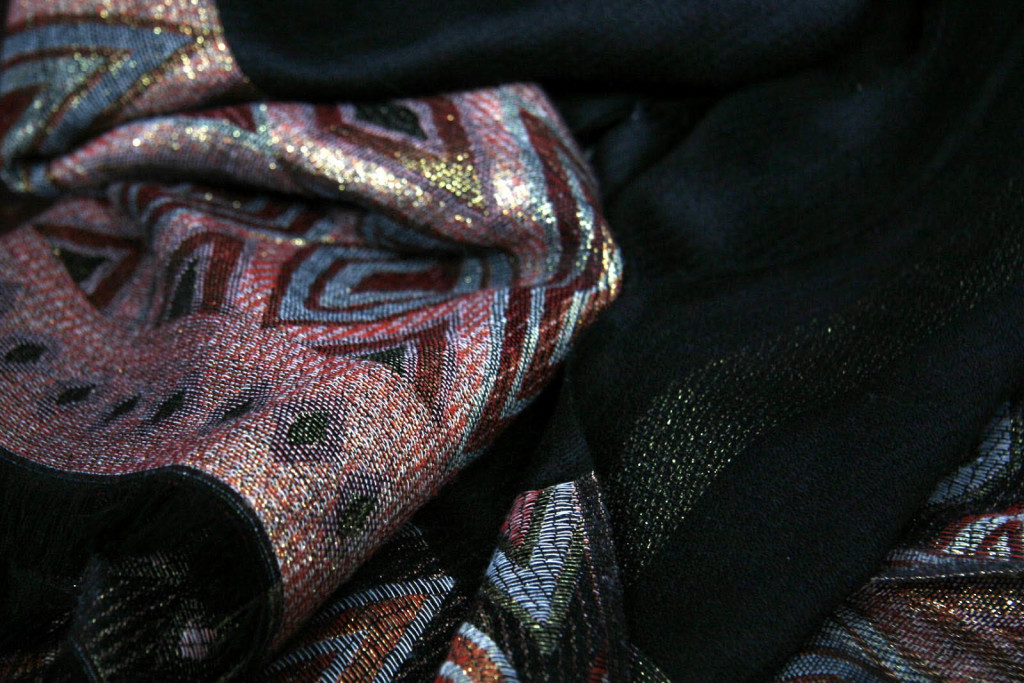Garment entrepreneurs fail to tap other markets
Kathmandu, December 26
The US Senate recently endorsed the ‘Trade Facilitation and Trade Enforcement Bill’, which particularly deals with extending zero-tariff access to Nepali readymade garments into the US market.
Along with this move, Nepali entrepreneurs believe that the garment industry in the country will revive once again. The country’s garment sector was on the verge of collapse after the expiry of the Multi Fibre Agreement (MFA) on January 1, 2005.
The US had until now extended such duty-free facility only to African countries since 2000 through the African Growth Opportunity Act to support economic growth of African countries. Along with the endorsement of the Bill, the US senate has authorised the US government to extend duty-free facility for Nepali apparels too.
Though Nepal has been enjoying zero-tariff facility from many other developed countries like Canada, Australia, Japan, Turkey and the European Union, the country has not been able to capitalise on the facility extended by those countries except the EU.
These countries have been extending such treatment for all Least Developed Countries (LDCs) since long. However, Nepali entrepreneurs have not been trying to find a market in these countries.
Australia and Canada have been providing duty-free quota-free (DFQF) facility for LDCs, including Nepal, for long. However, Nepali entrepreneurs did not approach buyers in Australia or Canada for that matter, when the MFA was about to expire. This would have been a perfect switch from its dependence on the US market.
According to Chandi Aryal, acting president of the Garment Association Nepal (GAN), some of the exporters recently started exporting apparels to Australia. Australia has extended facility to all 48 LDCs, and Australian buyers only purchase goods from those LDCs that can send orders at cheaper rates and in a timely manner.
Nepali exporters also failed to tap the market in Japan. According to GAN, except for pashmina goods, other products are hardly exported to Japan, because Japanese buyers are sensitive in terms of quality and timely delivery.
But the most important factor hindering Nepali exports is that the country needs to compete with other LDCs to tap the market of these developed countries. It is difficult to compete with giant exporters of apparels like Bangladesh and Cambodia because of the higher production and transportation costs that Nepali entrepreneurs have to deal with. Nepal has been able to capitalise on the facility extended by the EU to some extent because of the larger volume of orders from there, according to Purusottam Ojha, former commerce secretary.
In this context, the zero-tariff access for Nepali readymade garments, which the world’s largest market is going to
extend in the near future, is expected to provide a level playing field for the apparel entrepreneurs of Nepal because it is the only LDC (except African countries) to receive this facility.
Apparels produced in Nepal are relatively more expensive than those manufactured in Bangladesh and Cambodia
because of higher transportation cost due to its land-locked status.
The US currently levies about 17 per cent tariff on apparels, and the duty-free facility will extend an opportunity to Nepal compete with products of other exporting countries.
It is reported that Nepali apparels currently are 10 per cent more expensive in the US market as compared to garments produced in Bangladesh and Cambodia. After the duty-free facility extended by the US comes into effect, Nepali apparels will be cheaper than apparels from other LDCs.
As the US law has granted permission to import 1.5 per cent of its total apparels import under DFQF, Nepal has enough room to increase exports into the market of the world’s largest economy because its export to the US during the peak years (2000-01) was just 0.02 per cent of the total import of the US.






